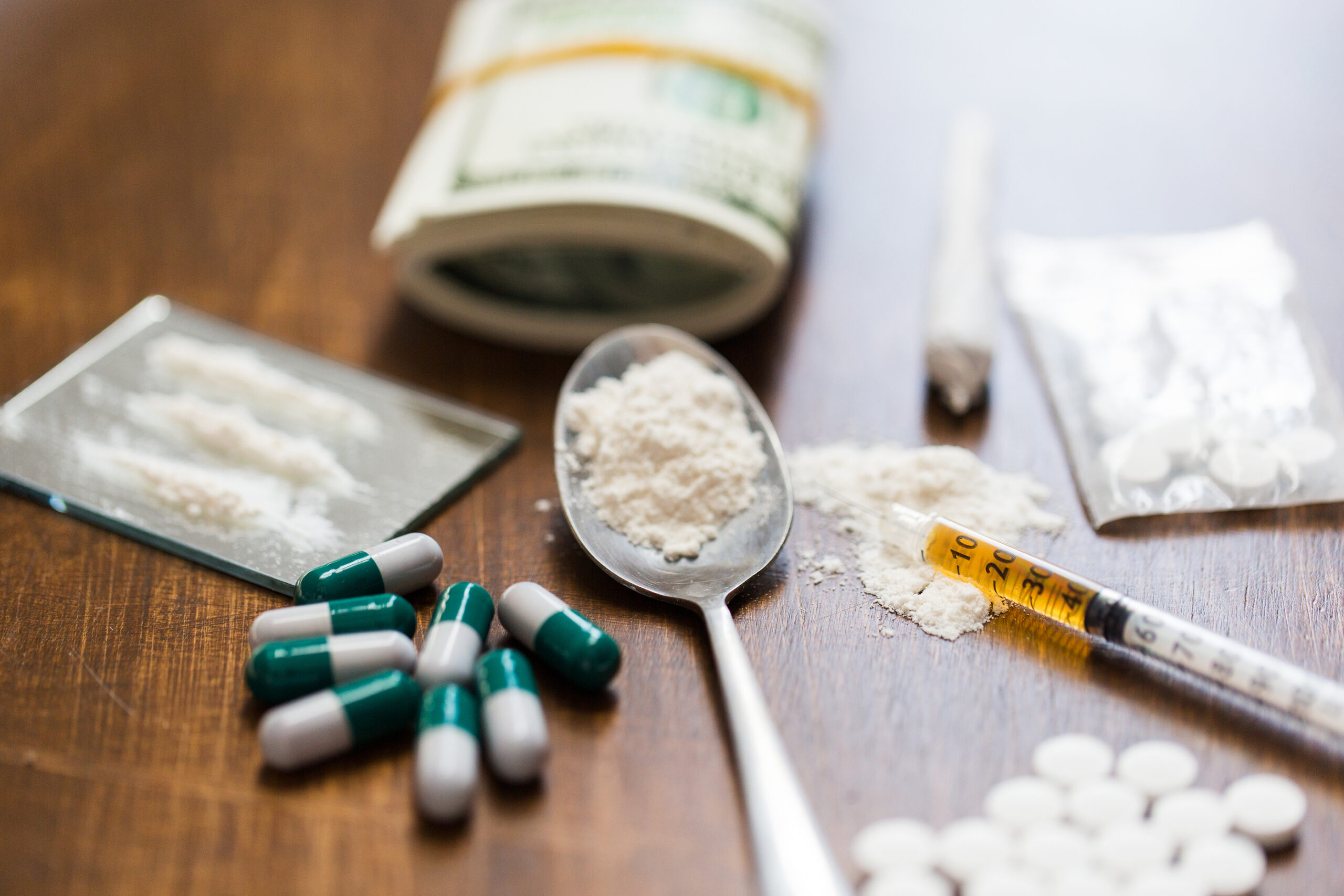In July, the Trump administration introduced an executive order (EO) championing treatment for drug addiction while trashing harm reduction. The administration’s view is that harm reduction undermines substance use disorder treatment and enables drug use. But this fundamentally misunderstands the approach and why treatment needs harm reduction if we’re going to stop the overdose crisis.
Harm reduction is a practical approach that meets people who use illicit drugs where they are and reduces the risks that come with using these substances. It includes programs like syringe services that distribute and collect injection equipment, overdose reversal medications, drug checking tools, and more. For decades, harm reduction has kept people safer amidst an increasingly dangerous drug supply. It also reduces syringe litter and connects participants to treatment when appropriate. Recently, the joint expansion of treatment and harm reduction has helped reduce drug-related deaths.
Despite the administration’s position that harm reduction facilitates illegal drug use, people who use syringe services are five times more likely to enter treatment and three times more likely to quit using drugs than those who don’t use the programs. That’s in part because harm reduction builds trust among people who are wary of medical systems. It’s also because the vast majority of programs already refer interested clients to treatment. Arguably, the biggest barrier to translating these referrals into recovery isn’t a lack of desire to do so; it’s the gap between treatment resources and need, largely due to overregulation of evidence-based medications.
In recent years, harm reduction programs have aimed to fill this gap by deepening their collaboration with treatment. For example, rural Edgecombe County, N.C., goes all-in on both with an EMS-run overdose response team that distributes and collects syringes and can start patients on buprenorphine to help with withdrawals. If patients want to continue treatment, first responders offer a hand-off to more comprehensive care. Other programs embed buprenorphine induction into their overdose response at the street level or in hospitals. In Florida, the IDEA Exchange—a network of syringe services programs—builds the collaboration into everyday services, with some locations hosting Bridge Clinics that offer on-site treatment access.
So, when Trump’s administration threatens harm reduction, they’re not just removing resources from life-saving and community-protecting interventions. They’re also cutting off an essential pathway to treatment for many Americans with a substance use disorder. Despite the innovation described above, many governments—from San Francisco to West Virginia—overregulate harm reduction. But this approach tends to backfire, either forcing programs to shut down or undermining the approach’s greatest strength. Because harm reduction works by meeting people where they’re at; pushing treatment on people it isn’t appropriate for is counterproductive. Regardless of whether it’s the result of defunding or banning the programs or micromanaging and overregulating them, when people lose access to harm reduction, increased infectious disease and overdoses can skyrocket.
We must recognize that treatment needs harm reduction. Not only as a pathway, but as a tool that directly serves people, including those engaged in treatment. Recovery is not a linear process; most people return to using drugs at some point. In one study, 80 percent of treatment participants reported using illegal drugs during treatment. That return to use comes with risks of overdose, disease transmission, and more.
To reduce that risk, some treatment programs embrace a harm reduction approach, distributing tools like fentanyl test strips or overdose reversal medications. Others partner with harm reduction organizations. Programs that integrate harm reduction into treatment this way don’t enable drug use as the Trump administration claims. Rather, they keep people safer should they encounter challenges during treatment, and build the kind of trusting relationships that lead to better recovery outcomes.
Rather than bolstering treatment, the Trump administration’s EO threatens to strip it of a complementary resource, harm reduction. Instead of treating the two strategies as mutually exclusive, governments should embrace policies that facilitate their cooperation. This means getting out of the way and prioritizing the most effective interventions. They can do this by allowing syringe services programs the flexibility to meet evolving needs, cutting red tape that limits access to medications for opioid use disorder, and funding evidence-based addiction treatment. When harm reduction and treatment coexist, they work well together. And ultimately, everyone benefits.


